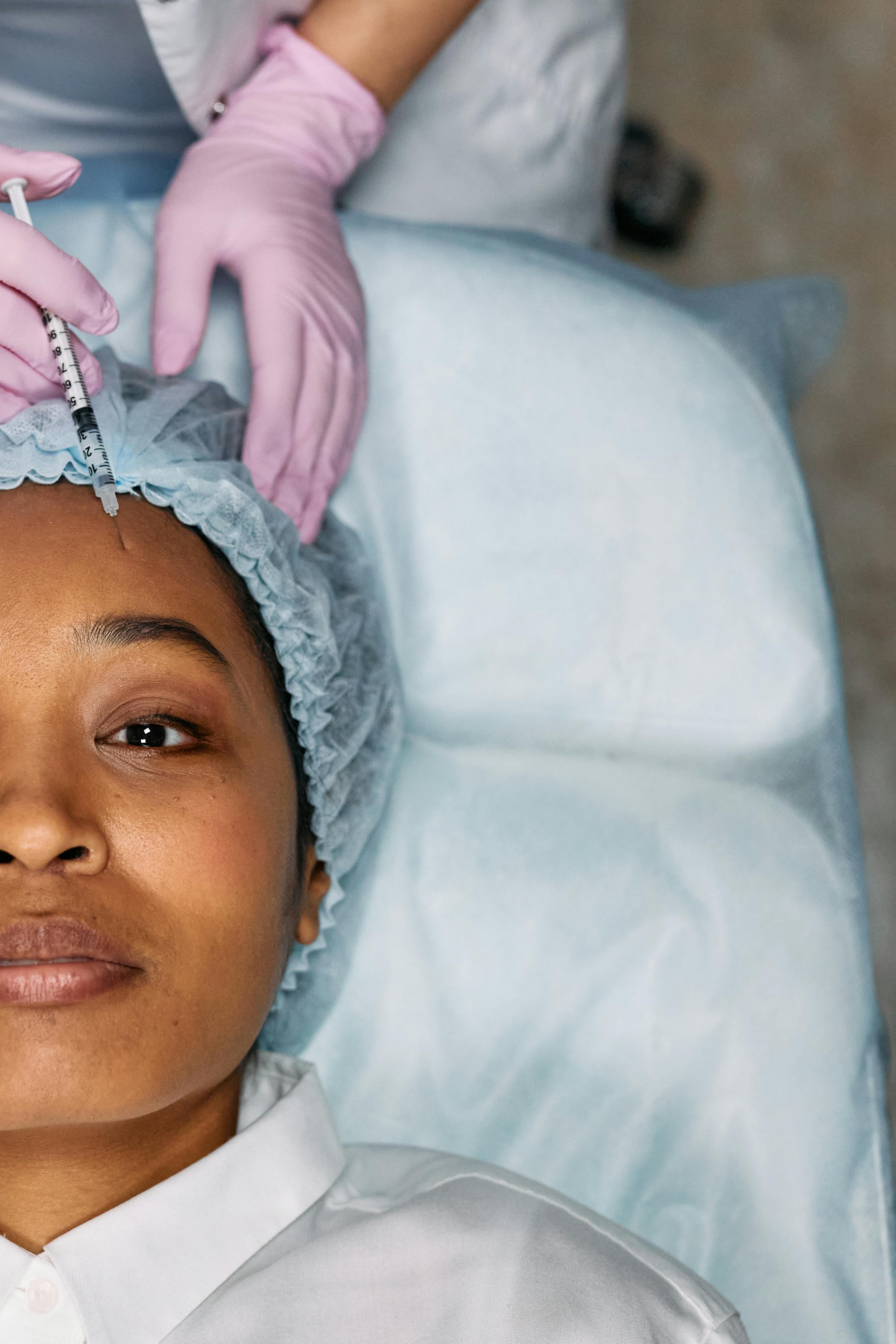Unmasking the Mystery of Eye Bags: Causes, Consequences, and Cures
Eye bags, also known as periorbital puffiness, have been a concern for individuals across the globe and throughout history. Ancient Egyptian murals depict pharaohs with kohl-rimmed eyes in attempts to disguise eye bags and dark circles. The Elizabethan era saw women using lead-based creams to whiten their skin and obscure the effects of aging, including under-eye puffiness. The 20th century brought about several scientific breakthroughs in understanding and treating eye bags, which have been viewed as signs of exhaustion, aging, and poor health.

Today, in our image-conscious society, these under-eye issues have gained increased attention. With advancements in dermatology and cosmetic surgery, eye bags have evolved from a mere aesthetic concern to a health issue with a range of available solutions.
Understanding the Causes of Eye Bags
The skin around our eyes is among the thinnest in the body, making it particularly susceptible to changes in our health and environment. Aging, genetics, lifestyle factors, and health conditions can all contribute to the development of eye bags.
As we age, the tissues and muscles supporting our eyelids weaken, causing the fat that helps support the eye to migrate to the lower eyelids, creating a puffy appearance. Genetics can also play a role; some people inherit a predisposition to eye bags. Lifestyle factors such as smoking, lack of sleep, excessive alcohol consumption, and a diet high in salt can exacerbate the problem. Certain health conditions, such as allergies, eczema, and thyroid disease, can also lead to under-eye puffiness.
The Societal Impact and Perception of Eye Bags
In cultures where youthful appearance and vitality are highly valued, eye bags are often seen as undesirable. They are frequently associated with fatigue, stress, and aging – conditions that are often stigmatized in our society. This has led to a proliferation of products and procedures aimed at reducing or eliminating eye bags.
However, it’s worth noting that societal attitudes towards eye bags can vary. In some East Asian cultures, for instance, a phenomenon known as ‘aegyo sal’ or ‘charming fat’ is considered attractive. This is a slight puffiness or swelling directly under the eyes, not to be confused with the sagging or drooping associated with traditional eye bags.
The Rise of Treatments and Solutions for Eye Bags
In response to the demand for solutions to eye bags, the skincare and cosmetic surgery industries have developed a range of treatments. Over-the-counter creams and serums that claim to reduce puffiness and dark circles have flooded the market. These products often contain ingredients like caffeine, which can constrict blood vessels and reduce swelling, and retinol, which can stimulate collagen production.
Cosmetic procedures for eye bags have also become increasingly popular. Blepharoplasty, a surgical procedure that involves removing or repositioning excess tissue from the eyelids, is now one of the most commonly performed cosmetic surgeries worldwide. Non-surgical treatments, such as dermal fillers and laser resurfacing, offer less invasive ways to address under-eye concerns.
The Future of Eye Bag Treatments
As our understanding of the causes of eye bags continues to evolve, so too will the treatments. Future research may focus on genetic factors or the role of specific lifestyle factors in the development of eye bags. This could lead to personalized treatments based on an individual’s unique risk factors.
In the meantime, prevention is the best approach. Prioritizing sleep, maintaining a healthy diet, avoiding excessive alcohol and tobacco use, and using a high-quality eye cream can help keep under-eye puffiness at bay.
The treatment of eye bags is a fascinating intersection of science, beauty, and societal standards. As our knowledge evolves, we can expect continued innovation in this area, offering more effective solutions for those seeking to reduce or eliminate under-eye puffiness.




